by Grace Ombry A 37′ powerboat is a bit of a luxury for a self-employed handyman and jack-of-all-trades like Carl Puehl. But he’d always wanted to build a boat, and he decided to fill the gap between what he wanted and what he could afford.
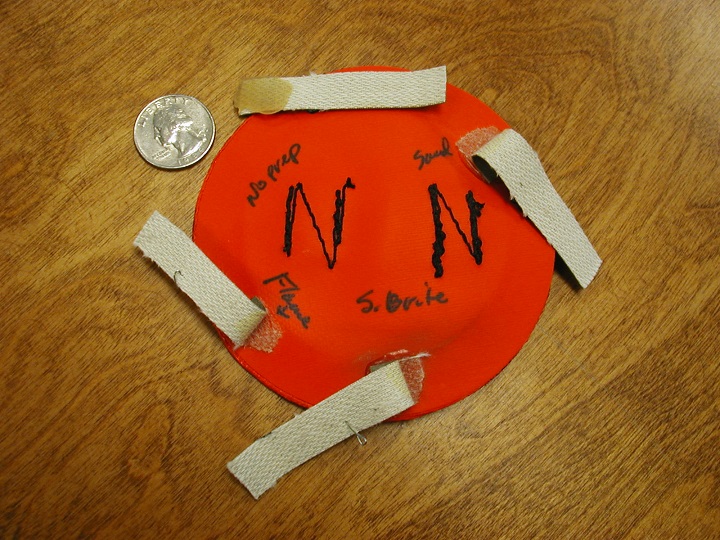
Explore the latest Epoxyworks 26 articles
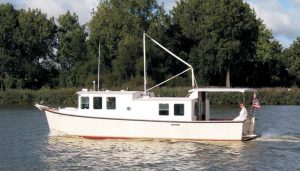
by Grace Ombry A 37′ powerboat is a bit of a luxury for a self-employed handyman and jack-of-all-trades like Carl Puehl. But he’d always wanted to build a boat, and he decided to fill the gap between what he wanted and what he could afford.

The MOMA Beatfuse project All of the seams on the MOMA Beatfuse pool bottom were sealed using 3″ cloth tape and three coats of epoxy. by Jerry Briggs Each year The Museum of Modern Art and P.S.1 Contemporary Art Center conducts what is known as the P.S.1 / MOMA Young Architects Program. The competitors vie […]
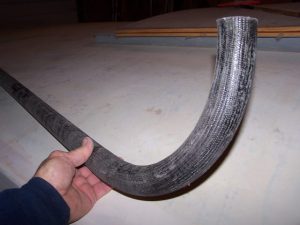
With WEST SYSTEM and braided fibers by Captain James R. Watson Above: A tapered composite tube section joined to a curved section. Composite tubes are used on boats for hardtops, T-tops, Biminis, dodgers, bows, bow and stern pulpits, rails, canoe, and kayak paddle shafts, boat hooks, and so on. Composite tubes built with epoxy and […]
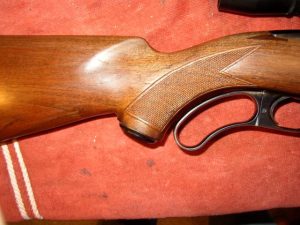
by Randy Barkley Above: The repaired and refinished walnut gunstock. This is how I repaired an obviously serious break in the gunstock of a 1956 Winchester Model 88 rifle using a WEST SYSTEM® 101 Handy Repair Pack.
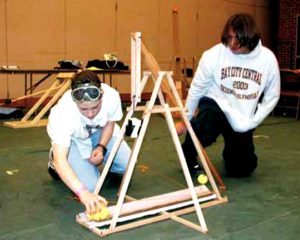
Building a Trebuchet by Tom Pawlak — GBI Technical Advisor Above: Robbie loads the trebuchet for another practice shot before the competition. A while back, my nephew Robbie, about 15 years old at the time, asked for help building a trebuchet (a form of catapult) for an upcoming Science Olympiad competition that his school was […]